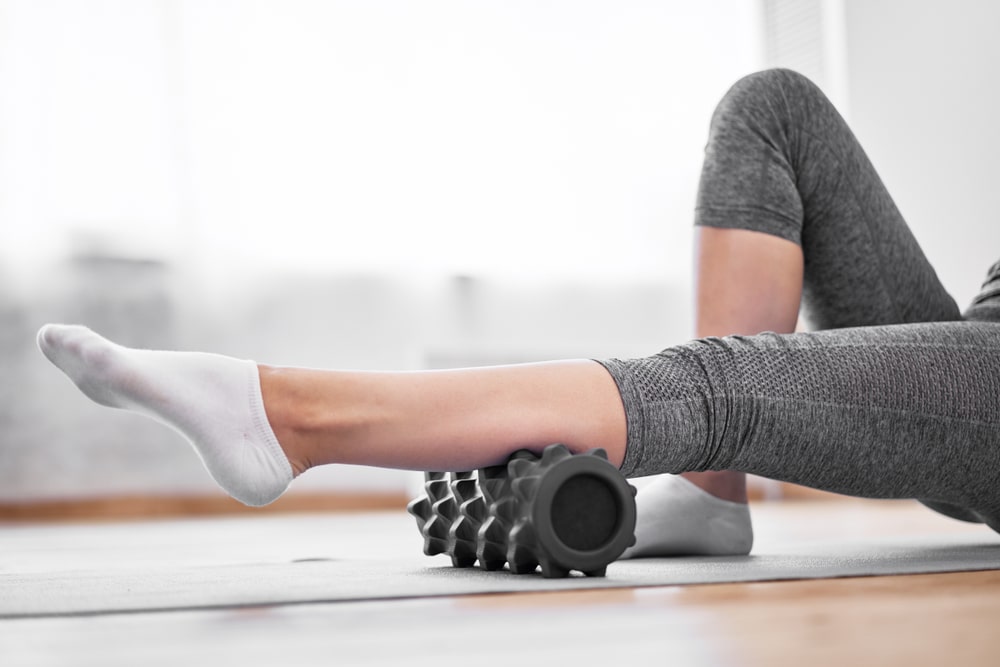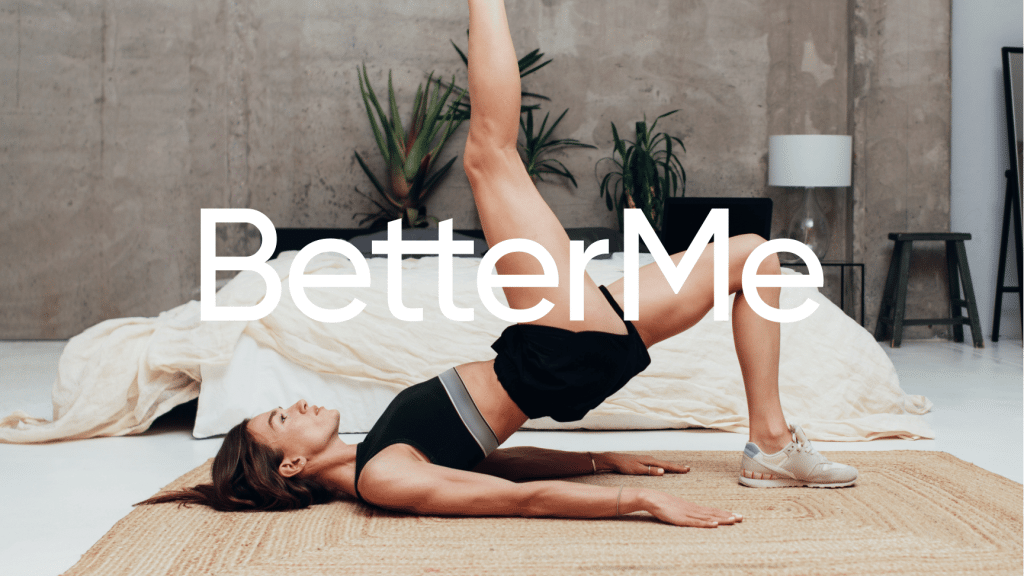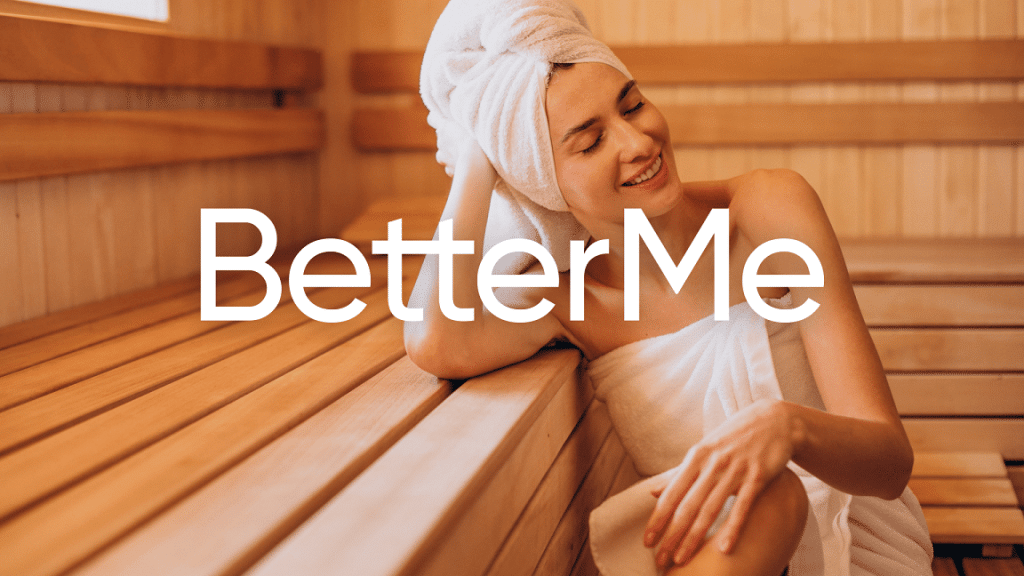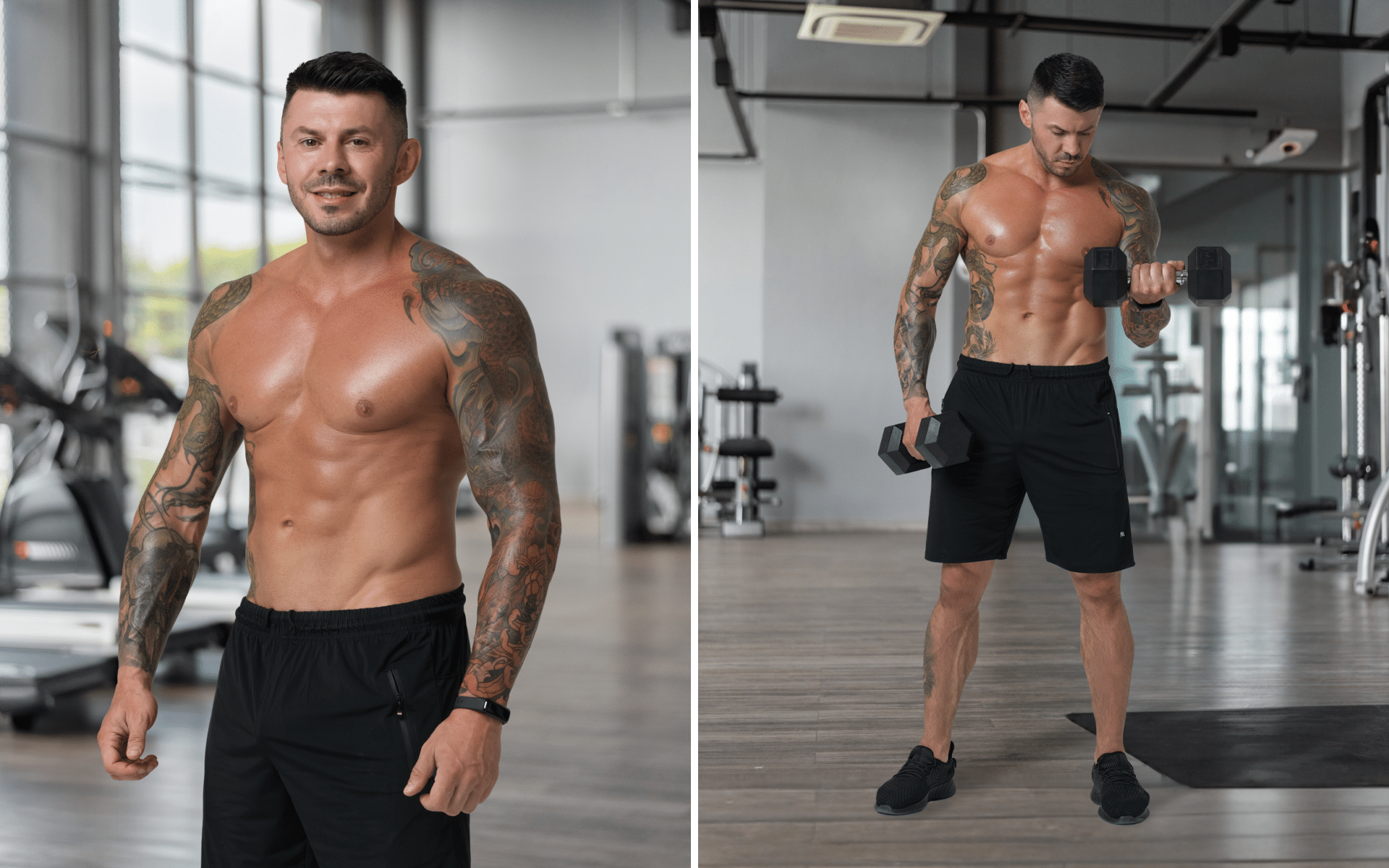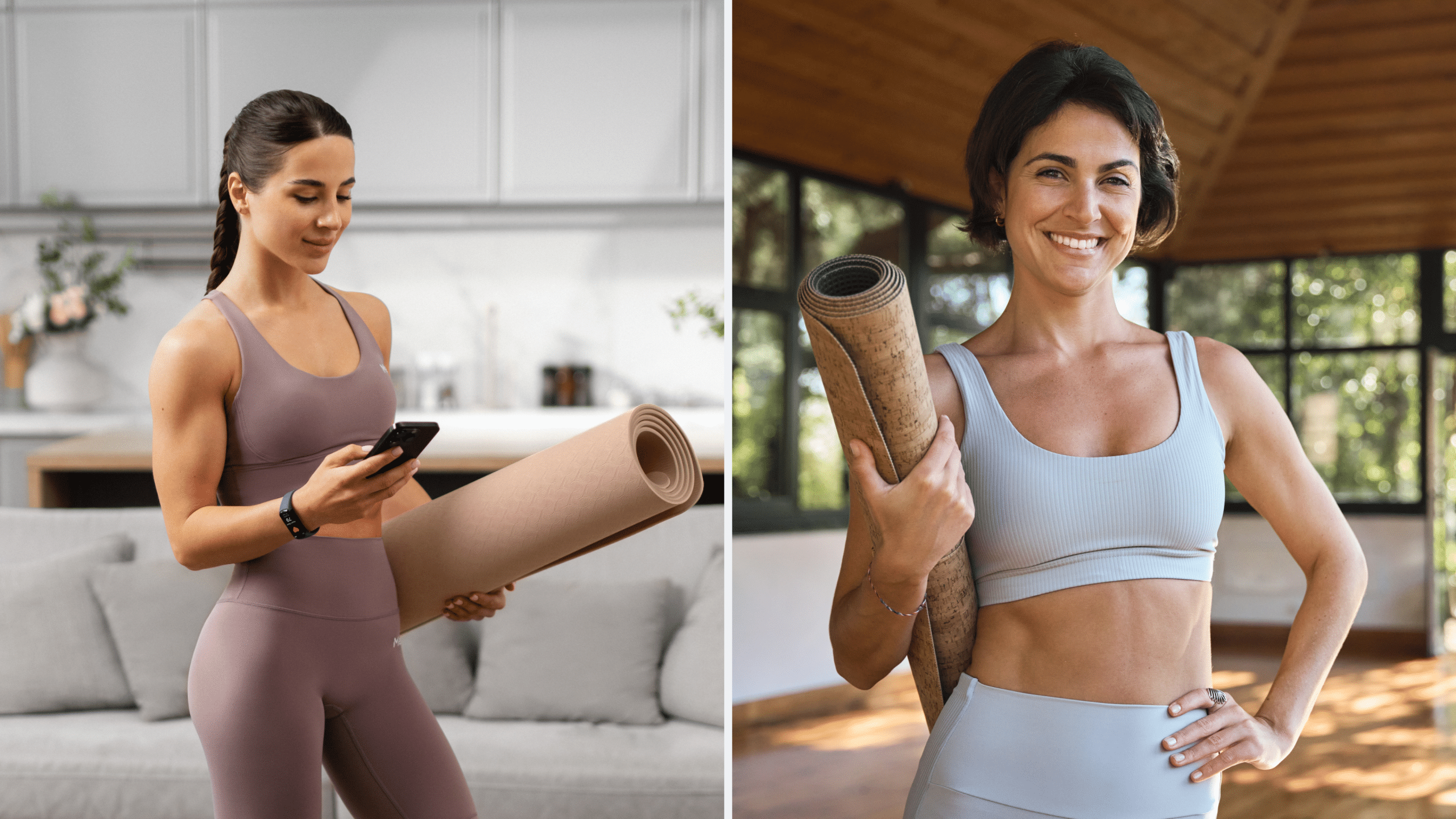Getting a massage is an effective way to relieve your body of stress, tension, and soreness. During a massage, pressure applied to your body triggers the release of endorphins which encourages relaxation and fights soreness and stress. Seeking the services of a skilled masseur can be expensive and inconvenient when you are short on time and money. As an option, you can learn and practice a few simple self-massage techniques at home. Get all these techniques and more insight on self-massage today.
Get your personalized
meal plan!
What Is Self-Massage?
As the name implies, you use your hands or other essential tools to manipulate your muscles by applying pressure to ease tension. This is considered an effective and cost-effective way of relaxation because it requires little to no expense.
Additionally, it suits individuals who are self-conscious or hate the idea of being touched by other people. It is also convenient for individuals who live alone and lack availability to someone who can give them a massage as needed.
Importance Of Self-Massage
Self-massage is important for many reasons. Although most people only know of the relaxation benefit, self-massage does bring more than this to the table. Here are a few of the benefits tied to this practice:
It Is Convenient
Unfortunately, people suffer from tight muscles, fatigue, and tension because they believe they can only get relaxation at the hands of a masseur. But what happens when you cannot afford regular sessions or lack time to seek these services? Does it mean you have to continue hurting?
We do not think so. One of the benefits of learning how to self-massage is tied to its convenience (1). First, you are using your hands, meaning you are not paying someone to do it. Secondly, you can do it at any time without worrying about making a booking.
Relieves Tight Muscles
The other benefit of this practice is reduced muscle stiffness or tightness. A massage relieves muscle tightness by increasing blood circulation to your muscles, helping to loosen your joints (1).
Helps With Headaches
Believe it or not, this simple practice can help keep headaches at bay. A 2002 study discovered that massage therapy directed toward the shoulder and neck muscles significantly reduced headache frequency among chronic tension headache sufferers (3). Additionally, the study showed the duration of headaches decreased during the massage therapy period (3).
Improves Muscle Flexibility
Improving muscle flexibility is important as it helps prevent injury risk, back pain and balance problems. Besides flexibility exercises, evidence also shows massage therapy can help improve muscle flexibility and activity.
Read More: Should You Get A Massage Before Or After Your Workout?
Helps Manage Several Conditions
Self-massage is an effective coping tool for individuals with fibromyalgia (1). Similarly, it is recommended for people with arthritis and tunnel syndrome due to its ability to improve sleep (1). Evidence also suggests using the practice to treat constipation and relieve menstrual cramps (1).
Helps During Exercise
Self-massage is also important pre and post-workout. Before exercise, it helps increase blood flow to your muscles which is important for allowing efficient glucose delivery (1). In addition, it is considered very helpful before any cardio, stretching program, or strength training.
After exercise, self-massage is important for different reasons. For one, it helps fight muscle soreness and prevents the storage of lactic acid in the muscles. Secondly, this practice also helps speed up muscle recovery and get you back on your feet in no time.
How To Self-Massage
Contrary to what most people think, there is much to learn about this practice before trying it. But even so, some people overlook this step and often end up hurting themselves. Avoid this by paying attention to these key pointers about self-massage:
-
Focus On The Area Of Tension
When most people think of a massage, they immediately think of massaging the entire body as a way of unlocking relaxation. But you do not need to massage your entire body to relax.
Experts recommend you only focus on the areas of tension. For example, is the pain in your neck? If so, concentrate on easing the pain in your neck. Similarly, if the pain is in your back, focus on alleviating the back pain.
-
Incorporate Tools
Sometimes you need to incorporate different tools to help target your muscles. For example, you can use a tennis ball between your shoulder blades to alleviate shoulder pain or tension. Alternatively, you carol up and down against a wall for a body massage. Either practice will help, as long as you use the tools safely.
-
Pressure Application
This is where things get tricky. Sadly, most people think exerting more pressure helps your muscles loosen up or relax faster. But that is usually not the case. Instead, you may exert too much pressure and damage delicate tissues, especially in vulnerable areas. These include areas recovering from an injury or operation (6).
The right way to exert pressure is by paying attention to the pain intensity. Apply moderate pressure if the pain level is mild. Always reduce the pressure if it is causing more pain or discomfort (6).
-
Move The Skin
Moving the skin during a massage is significant as it improves blood circulation. Remember that we want to improve blood circulation to trigger the release of the feel-good hormones known as endorphins.
BetterMe app will kick you out of the mental funk, shake off your extra weight, rid you off your energy-zapping habits, and help you sculpt the body of your dreams. Intrigued? Hurry up and change your life for the better!
-
Use Oils
Using oil during a massage is important because it helps soften the skin and supports the massage process. Consider using lavender oil, jojoba, tea tree, coconut, almond, or eucalyptus oil.
Remember to never apply essential oils directly to your skin. Essential oils are those liquid extracts from beneficial plants, such as tea tree and lavender oil (2). They can cause irritation and burning when applied directly to your skin. So, always dilute them using carrier oil before use (2).
Simple Ways To Self-Massage Different Body Parts
In light of the many benefits of this practice, you may be more open to trying it. First, you only need your hands and perhaps a few things like a tennis ball or foam roller. But this will be dictated by the part of your body you are massaging. Here are a few ways of massaging different parts of your body:
Eyes
We all get tired eyes at some point because of factors such as dehydration, excessive under-eye pigment, or eye strain. People get tired eyes from staring at the screen for long hours. Luckily, evidence shows you can get rid of them in no time by doing the following (4):
- Close your eyes.
- Place your thumbs under the brows, starting at the inside corner of each eye socket.
- Press lightly, then start moving your thumbs circle-wise, working towards the outside of your brows.
- Continue around your eyes and end at the bridge of your nose.
- Repeat as desired but try to spend more time at the indentation of the inner eye socket (where the bridge of your nose meets the ridge of the brows).
Hands
We do most of our work with our hands. It is for this reason that you may experience hand fatigue. To fight this, you are advised to massage your hands by doing the following (4):
- Start by stretching your fingers and hands out. Next, rub each finger from its base up to the tip. Be sure to gently pull and twist the finger as you work towards the tip.
- Rest your left hand on your lap, with its palm facing upward. Then squeeze the part of your palm between the right thumb and the index finger when working from the wrist to the base of the thumb.
- Squeeze the web between your left thumb and index finger severally while looking for any tender areas.
- Rub the entire palm using your right thumb while gliding strokes and applying firm pressure from the wrist to the base of each finger.
- Repeat on the right hand
Doing this will fight fatigue, promote stretching, and relieve headaches (4). Additionally, WebMD acknowledges it will help other areas because the hands contain reflexology points which correspond to the entire body (4).
Read More: Benefits Of Massage For Weight Loss: Giving Your Journey The Reboot It Needs
Neck
You may experience a stiff neck for reasons such as sleeping “wrong” or maintaining a bad posture. To relieve this neck tension or tightness, WebMD recommends you do the following (4):
- Start in a sitting position, preferably by your desk, then mold your hands over your shoulders. Rest your elbows on the desk and drop your head slightly forward. Next, massage yourself circle-wise using your fingertips and from the shoulders to the base of the skull. Make sure you make deep but small circles on the muscles on both sides of your spine.
- Position both hands at the back of your head and interlace your fingers. Allow the weight of your elbows to drop your head forward and stretch the neck muscles and those running down your back.
Shoulders
Here is a technique you can use to loosen tight shoulders. But you will need a tennis ball or a solid rubber ball. (4):
- Start in a standing stance at least 18 inches away from the wall, and feet at hip-width distance. Lower into a partial squat, then move back until your bum is against the wall.
- Place the tennis ball behind your back, at the top of your shoulders, and lean forward.
- Start to slowly rise, preferably an inch at a time. Press against the wall and let the ball roll slowly down the muscles along the side of your spine. Pause wherever you feel tension and roll the ball until the pain subsides.
- Now get into a squat and reverse the process. So, this time, you will move the ball upward towards your shoulder muscles.
- Switch sides and repeat the process on the other side of your body.
- Repeat this soothing massage as desired.
Lower Back
Lower back pain is very common. It is caused by different factors, such as poor posture, an injury, or medical conditions like arthritis (4). A simple home back massage can help reduce the pain and discomfort, for example, when you do the following (4):
- Start in a standing stance with your hands on your waist, fingers facing forward, and thumbs behind you.
- Press the thumbs gently into either side of your spine. But be cautious to avoid pressing the spine as it can damage it.
- Slowly move your fingers up and down and form tiny circles while keeping the thumbs pressed to the sides of your spine. Spend more time in the areas you feel are more tense. Be careful to avoid exerting too much pressure and resulting in pain.
- Slowly move the thumbs up on the sides of the spine an inch at a time as you look for more tense areas. Then slowly move back down, and this time around, press on the bony surface of the sacrum.
- Repeat as desired.
Lean and toned up body isn’t just a far-fetched fantasy. Check out the BetterMe app and watch it propel your weight loss journey into high gear!
Feet
Are you struggling with tired feet? Try this at-home massage for your feet (4):
- Position your left foot on a bench or chair so that you can see the instep. Start applying firm pressure along the sides of your foot while working from the heel to your toe using the right thumb. Continue pressing using the thumb across the ridge where the toes meet the ball of your foot. Once you reach the small toe, use your index finger and thumb to squeeze and twist along its surface. Remember to work each toe at a time. Once you are done with them and back to the large toe, take all of them in your hand and stretch them while bending and flexing.
- Now use the knuckles of your right hand to apply deep pressure on the entire surface of the bottom of the foot. As you do this, remember to keep supporting the top of your left foot using your left hand. Remember to work from heel to toe and then come back down.
- Stretch and flex your toes before extending the foot to perform a few ankle rotations.
- Switch legs and repeat the process on the right foot.
NOTE: These simple massage techniques reduce pain and discomfort at the targeted body parts. If they do not relieve any pain, contact your doctor and let them advise you on the way forward. Additionally, never substitute any of these self-massage techniques with medication if you are still in pain. Again, consult for more guidance.
The Bottom Line
If you find it hard to keep up with regular massages, the good news is you can learn self-massage techniques at home. With the right technique and tools, you can give yourself a well-deserved massage and relieve the pain in the targeted area. This guide has a few tips on getting started with an at-home massage. It also sheds insight on how to target several body parts. But as always, remember to check in with your doctor before trying any of these techniques.
DISCLAIMER:
This article is intended for general informational purposes only and does not serve to address individual circumstances. It is not a substitute for professional advice or help and should not be relied on for making any kind of decision-making. Any action taken as a direct or indirect result of the information in this article is entirely at your own risk and is your sole responsibility.
BetterMe, its content staff, and its medical advisors accept no responsibility for inaccuracies, errors, misstatements, inconsistencies, or omissions and specifically disclaim any liability, loss or risk, personal, professional or otherwise, which may be incurred as a consequence, directly or indirectly, of the use and/or application of any content.
You should always seek the advice of your physician or other qualified health provider with any questions you may have regarding a medical condition or your specific situation. Never disregard professional medical advice or delay seeking it because of BetterMe content. If you suspect or think you may have a medical emergency, call your doctor.
SOURCES:
- 10 Reasons You Should Try Self-Massage (2016, health.usnews.com)
- Everything you need to know about essential oils (2019, medicalnewstoday.com)
- Massage Therapy and Frequency of Chronic Tension Headaches (2002, ncbi.nlm.nih.gov)
- Massage Therapy for Stress Relief and Much More (2008, webmd.com)
- Short-term effects of self-massage combined with home exercise on pain, daily activity, and autonomic function in patients with myofascial pain dysfunction syndrome (2015, ncbi.nlm.nih.gov)
- The benefits of self-massage (2011, psychologies.co.uk)
